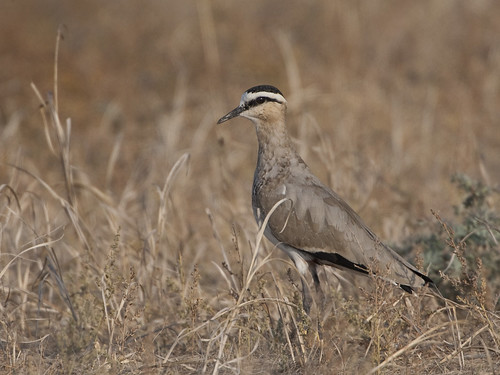
24th Jan, 2010: A day of “Super specialty birding” is what I would call the day! Swati and Aasim opted to stay back due to yesterday’s tiring drive. So I went along with Mr Jugal Tiwari to a thorn forest near Banni grassland searching for the first target species of the day. “White-naped Tit” – This species underwent a rapid population decline in the recent past. Its small, severely fragmented population continues to decline, although at a reduced rate, as a result of the loss, degradation and fragmentation of its tropical thorn-scrub habitat. It therefore qualifies as Vulnerable.
We waited for the sunrise and realized that the sky was very much over cast and there was not enough light to use my BIG lens, but in the “don’t give up” spirit I trudged along with Mr Jugal Tiwari carrying all the heavy equipment. I did manage to get a decent shot of Marshall’s Iora with the 100-400 on my 50D. Luck was on my side and the sky cleared around 8:00am but the White-naped Tit was no where to be seen or heard. Then suddenly a flash of white was seen in the Acacia and sure enough it was a pair of the sought after birds. White-naped Tit is a very shy bird and also very very active. Add to it the fact that thorn forest does not lend itself well to photography! However I was not going to give up so easily – I kept following it – it was only after I had walked about 2 kilometer, zig zag thru the thorns that the bird decided I was not a threat and was on a single branch for about 5 min. This was enough time for me to get some good pictures. Satisfied, we headed back to CEDO early. Swati and Aasim were all excited and more than willing to accompany in the afternoon.
The target species were “Sociable Plover” and “Cream-colored Coursers”
Sociable Plover is a critically endangered bird whose one time population estimate was less than 500 birds remaining worldwide. However recently two super flocks of 1500 and 3200 have been discovered in Syria and Turkey respectively.
We had a rough idea of where to find the Plovers and we were told that for some reason the Coursers and Plovers are usually together. While we were on the way we spotted an Indian Horned Owl, this bird I have seen often but was never able to photograph. This time my wish was fulfilled.
We reached the area where there was probability of Sociable Plovers but the area was totally empty except for a few cows…. After about 30 mins of searching Swati exclaimed “Coursers!!” To the right about 50 meters away was a pair of Cream colored Coursers. These birds are not endangered but are a local rarity and are seldom seen. We crept slowly ahead in the car and we saw that there were in fact six of them. Without disturbing them much we took photographs and then set about searching for Sociable plovers, They were found within 200 meters of the Coursers. At first we saw just 4 then we realized that the ground opposite had a flock of them. We counted 53!! This probably is the largest single population from India. We were ecstatic… Socialble plovers are not shy at all and photographing them was easy.
We took a chance to see if we could spot the Desert cat in her den but were not so lucky – I took this opportunity to teach Aasim some basics of Wide Angle photography. Luck once again smiled on us when we had a close encounter with an Indian Fox and thanks to Mr Tiwari’s expert knowledge on the behavior we could take some good shots despite low light. He predicted that the Fox will go some distance and sit down and it did!
Near Charri Dhandh lake we stopped to watch the sunset and see the Common cranes return to roost. The sight was magical! – in the backdrop of a beautiful sunset waves upon waves of Common cranes flying in, sometimes the line would span the entire horizon – It was just magical. Me and Swati just stood there for a long time, hand in hand awestruck at the beauty, listening to the cranes communicating with each other.
The day however still had one final offering to make – we caught a Long-eared Hedgehog in the glare of our car’s light and I took a pot shot – It came out pretty well 🙂
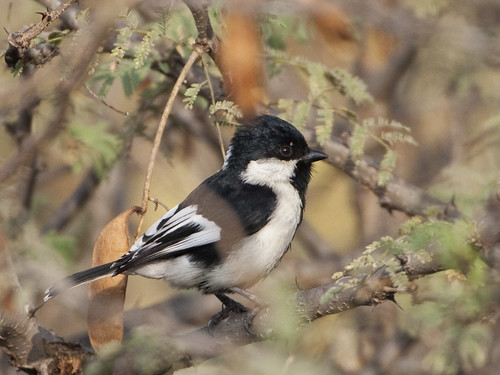

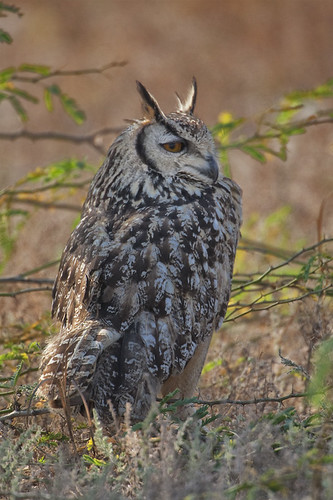
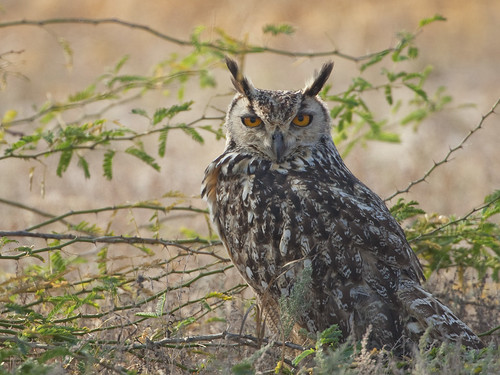
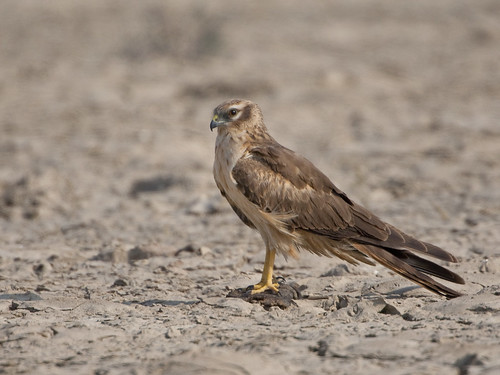
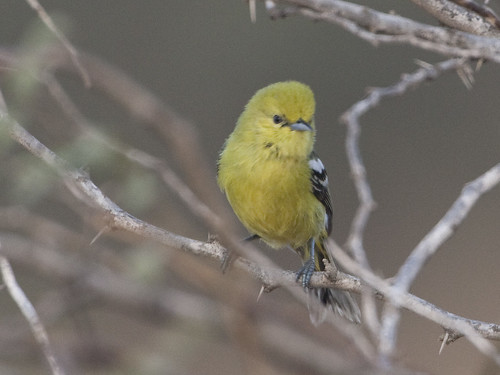

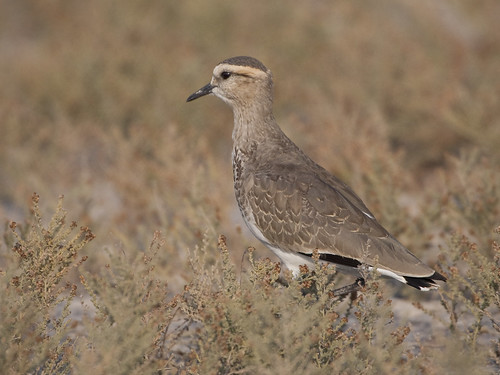
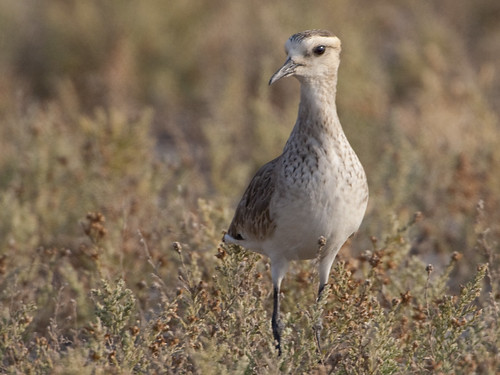
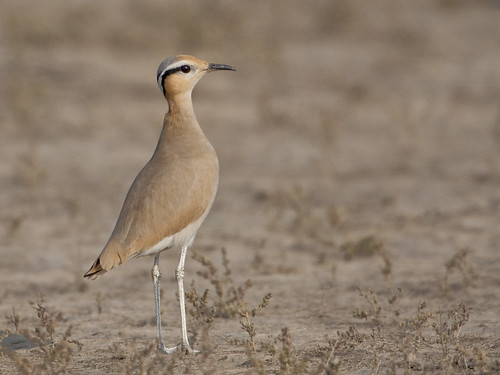
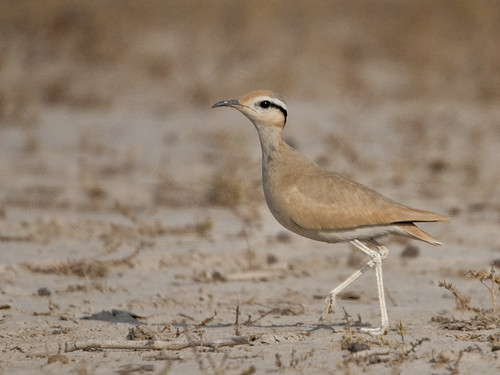
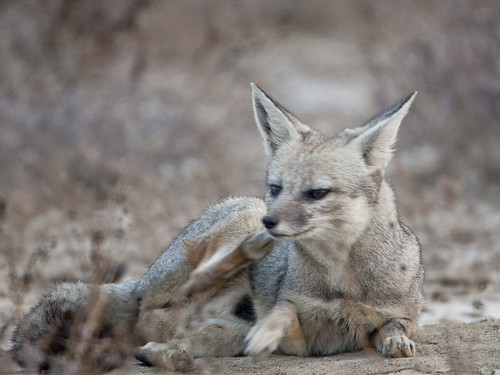
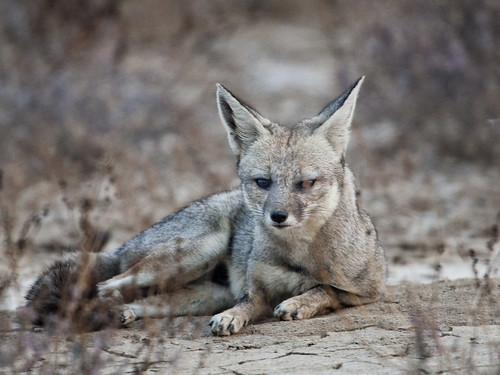
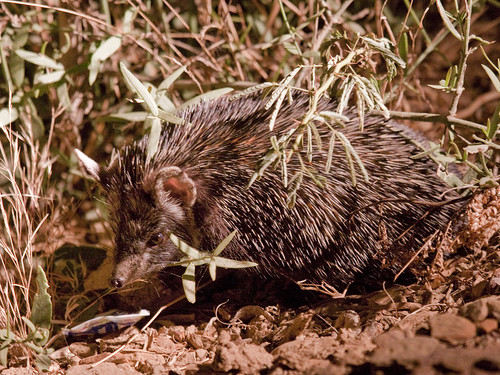
Pingback: Have you seen a Sociable Lapwing recently? | The Amazing Journey()